Capital grants in 2024: an overview

In this post, I'll provide an overview of capital grants for environmental land management, the current offer and recent updates.

In this post, I'll provide an overview of capital grants for environmental land management, the current offer and recent updates.
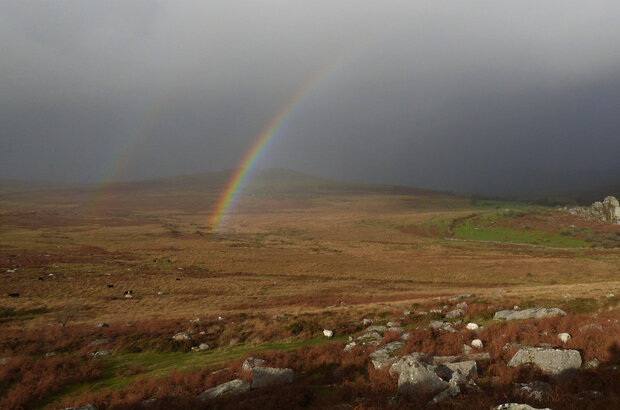
In April, we published our response to the Independent review of protected site management on Dartmoor. We agreed with the recommendation to create a land use management group. I'm pleased to say that the position of chair has just been advertised. In this post, I'll share a short summary and provide links to learn more.
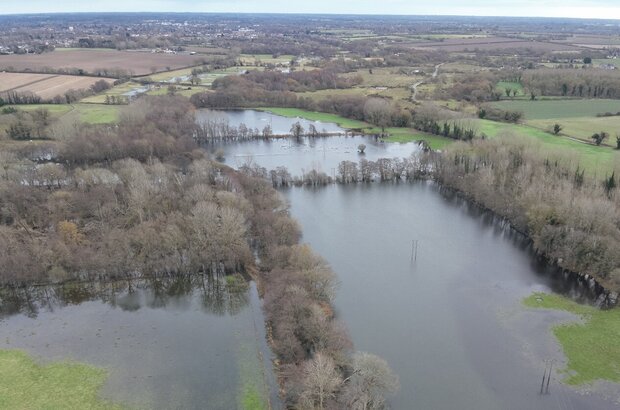
Our project, the Waveney and Little Ouse Landscape Recovery Project, sits on the headwaters of the 2 rivers, covering over 1,600 hectares between the towns of Diss on the Waveney and Thetford on the Little Ouse. The project seeks an opportunity to realise the invaluable services our floodplains provide. In this post, I'll share an overview …
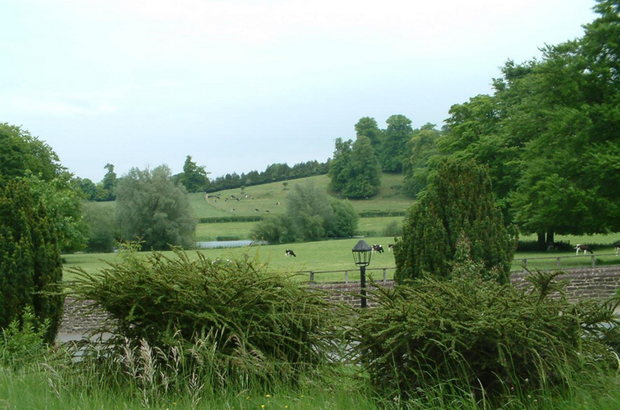
Our response to the Rock Review set out our commitments in light of its recommendations. It is now one year since we published our response. And, of the 75 commitments, we have completed or are working on 64. In this post, we’ll summarise the progress we have made over the last year. We also shine a light on …

On Wednesday 27 March, we held a webinar on the Sustainable Farming Incentive (SFI) and Countryside Stewardship (CS) schemes for upland farmers. In this post, we summarise what we covered and include links for you to learn more.

We recently held a webinar for livestock and grassland farmers in England. In the webinar, we gave an overview of the Sustainable Farming Incentive (SFI) offer and how the scheme supports both productivity and the environment. We also covered the Animal Health and Welfare Pathway and the grants on offer through the Farming Equipment and Technology …
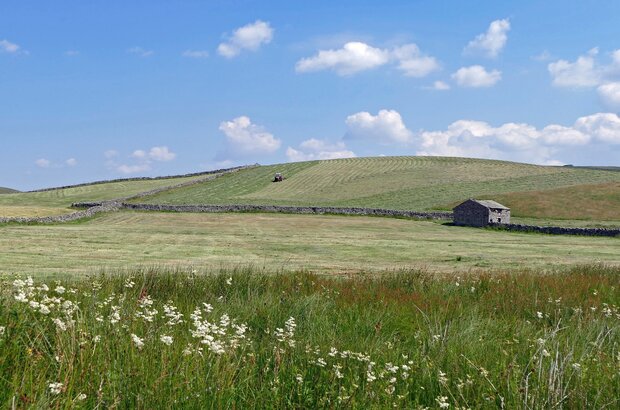
Since we opened the Sustainable Farming Incentive (SFI) for applications, we’ve continued to refine the scheme. One of the things we’ve been monitoring is the impact of those actions which take land out of food production. In this post, we’ll explain why we’re putting area limits on some SFI actions.
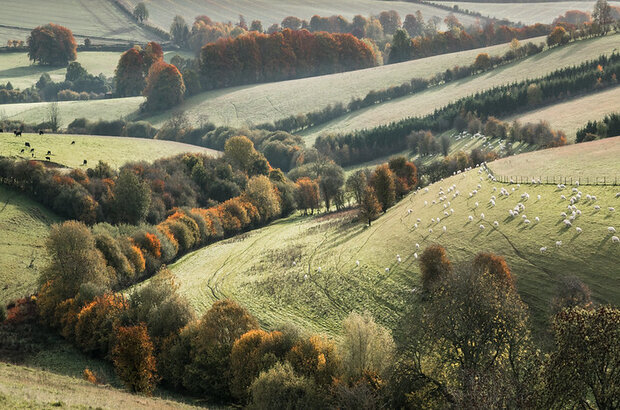
We’re committed to ensuring that the policies underpinning our environmental land management schemes are based on the very latest and best possible evidence. One evidence source is the recently published qualitative environmental impact assessment (QEIA). In this post I’ll give an overview.
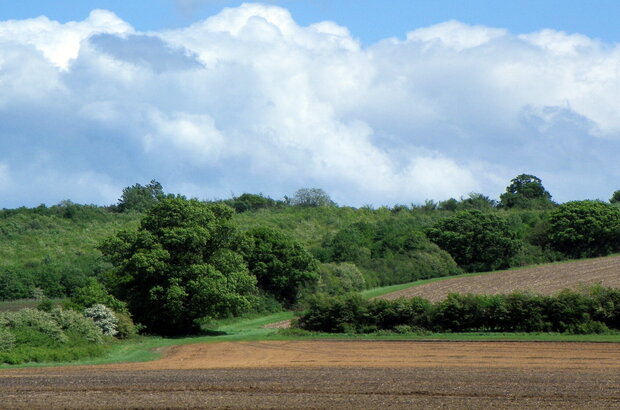
In June 2023, we launched a consultation on hedgerow protections in England. Today, we published the summary of the responses alongside the government's response. This includes proposed exemptions to the requirements. In this post, I'll share a summary.
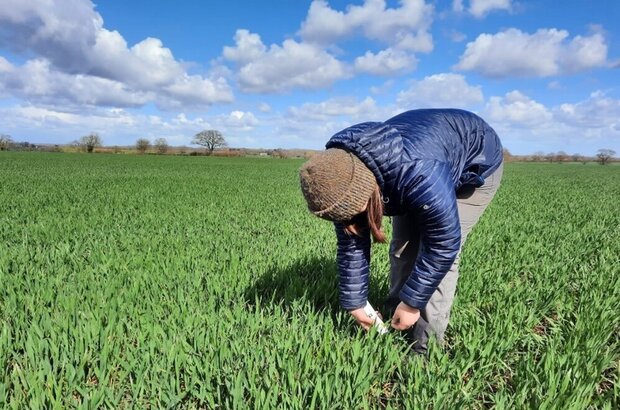
In this Farming in Protected Landscapes spotlight post, we hear from Juliette Howlett of the Broads Authority. Working with the Waveney Farming Cluster, this FiPL project seeks to improve the efficiency of nutrient use and reduce nitrate and phosphate pollution.